These creatures are known to cause significant damage to a variety of plants, turning a once vibrant garden into a landscape of half-eaten leaves and stems.
Physical Controls for Pests
The battle against pests is an ongoing one. Whether you’re an experienced home gardener, a landscape maintenance pro, or a council decision-maker, you’ve likely grappled with pesky intruders that threaten plant health and productivity.
The good news is, there are ways to control these pests while reducing our reliance on chemical pesticides. Enter the realm of physical controls, an integral part of an Integrated Pest Management (IPM) approach.
In this article, we’ll delve into the what, why, and how of physical controls for pests, arming you with knowledge to protect your green spaces effectively.
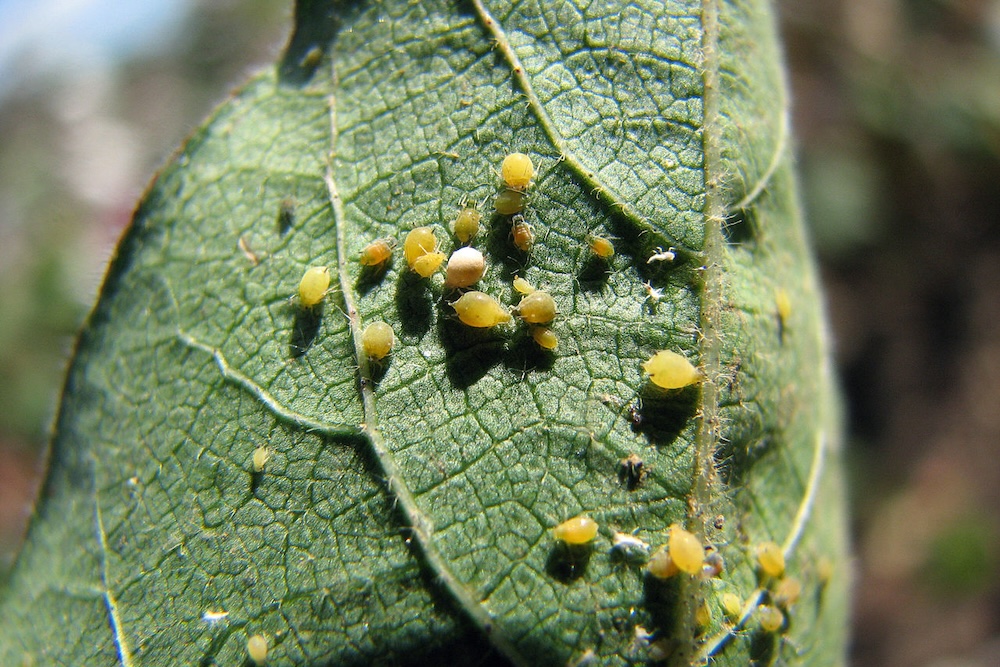
The Importance of Pest Control in Horticulture and Landscaping
From an economic standpoint, the implications of pest infestations in commercial settings like nurseries and farms are significant. From nibbling on leaves to digging into roots, these unwelcome visitors can wreak havoc on plants, leading to stunted growth, reduced yields, and even plant death.
Furthermore, pests reduce the aesthetic appeal of landscapes. Imagine strolling through a public park or garden, only to be greeted by wilting plants bearing the tell-tale signs of pest infestation. Not a pleasant sight, is it?
Understanding Physical Controls for Pests
What are Physical Controls?
Physical controls refer to methods of pest management that rely on physical means to prevent or mitigate pest infestations. These methods include barriers, traps, and manual removal.
Unlike pesticides, which use chemicals to kill pests, or biological controls, which employ other organisms to control pests, physical controls involve direct intervention in the pest’s environment, life cycle, or physical body.
The Science Behind Physical Controls
Physical controls work by making the environment inaccessible for pests or by directly removing or killing them. For instance, a barrier like netting can prevent pests from accessing plants, while picking them off a plant with your fingers reduces their numbers.
Types of Physical Controls for Pests
Barriers
Barriers are physical obstructions that prevent pests from reaching your plants. Examples include netting to protect fruit trees from birds and fencing to keep rabbits out of your vegetable garden.
However, barriers may not be effective against all types of pests, and they can sometimes be costly or labour-intensive to install. Once a pest population makes it inside of the physical barrier, they can quickly get out of hand.
Traps
Trapping is another physical control method. Traps can be used to capture and remove pests from the environment. Common examples include slug traps in gardens and pheromone traps for moths in greenhouses.
While traps can be effective, they often serve more as a monitoring tool in commercial settings rather than as a means to completely control a pest population. They’re also likely to trap critters that you’d rather not be trapped, like beneficial insects, lizards, frogs, and others.
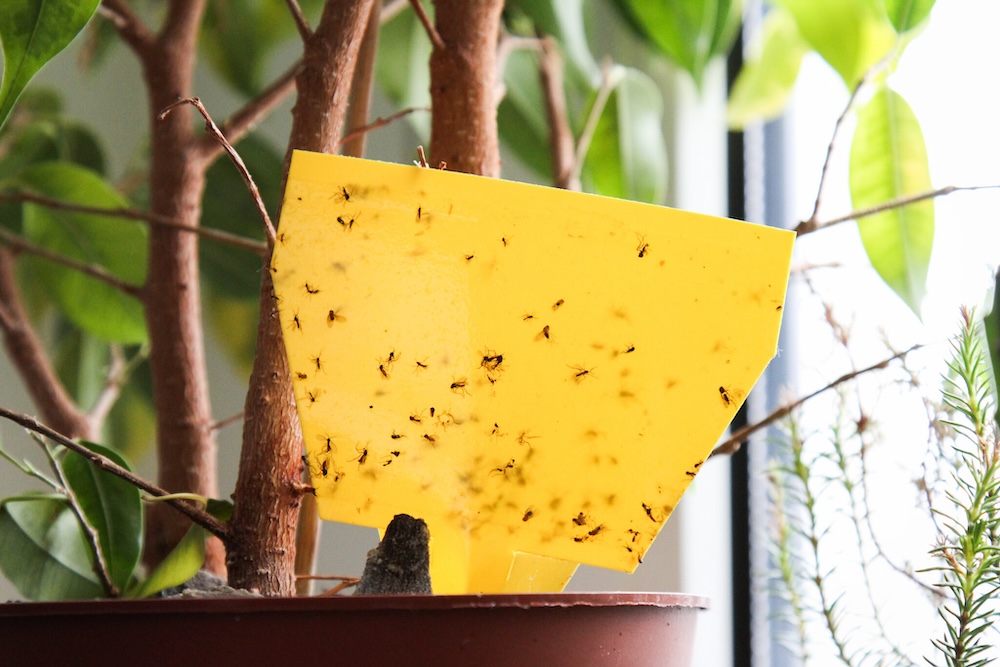
Manual Removal
As the name suggests, manual removal involves physically removing pests from plants. This can be as simple as picking off caterpillars from your cabbage plants or as involved as vacuuming aphids off your roses. It also includes spraying your plants with a jet of water from your hose.
Some people like to use sticky tape to remove pests from leaves, but be careful with this as you can damage the outer waxy layer of a plant (cuticle) which can cause further health problems for it. While manual removal can be time-consuming, it’s a straightforward and chemical-free way to deal with pests.
Implementing Physical Controls in Your Garden or Landscape
Planning and Design
Incorporating physical controls into your garden or landscape design from the outset can increase their effectiveness. For example, include netting in the original drawings if necessary so that you don’t have to re-design beds in the future.
Maintenance and Monitoring
Regular maintenance and monitoring are key to the success of physical control methods. This involves regularly checking your barriers and traps for damage or captured pests, and keeping an eye out for signs of new pest activity.
Daniel’s Wrap
In conclusion, physical controls offer a practical and environmentally friendly way to manage pests in horticulture and landscaping. By understanding and implementing these methods, we can protect our plants and landscapes from damage, preserve their aesthetic appeal, and contribute to a healthier environment.
Physical controls aren’t the only method of Integrated Pest Management, though. Learn about all 6 methods in this article I wrote. Remember, every step taken towards more sustainable pest management is a step towards a greener future.

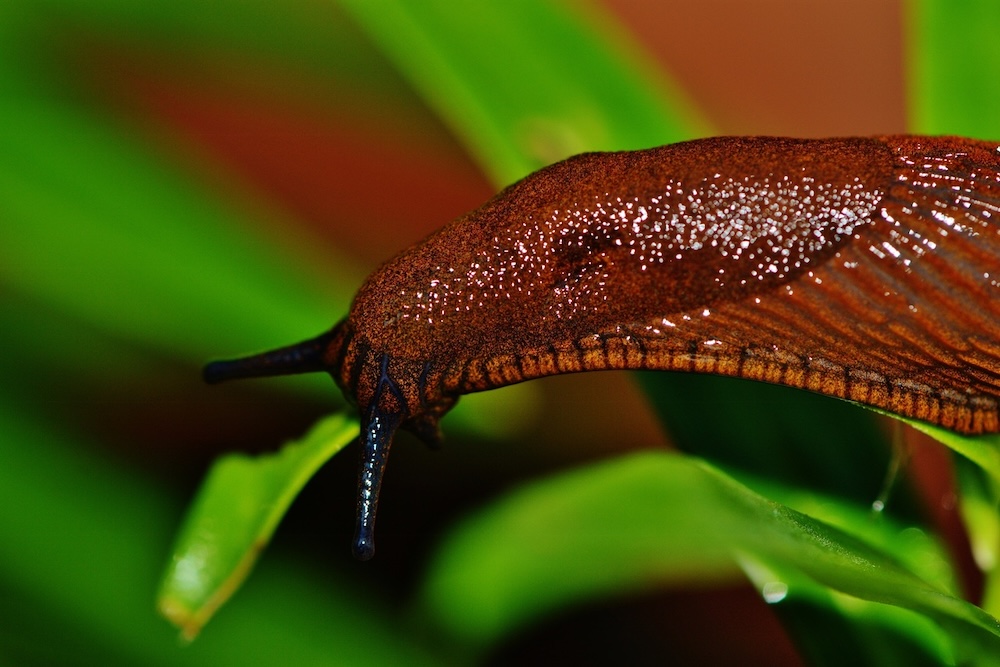
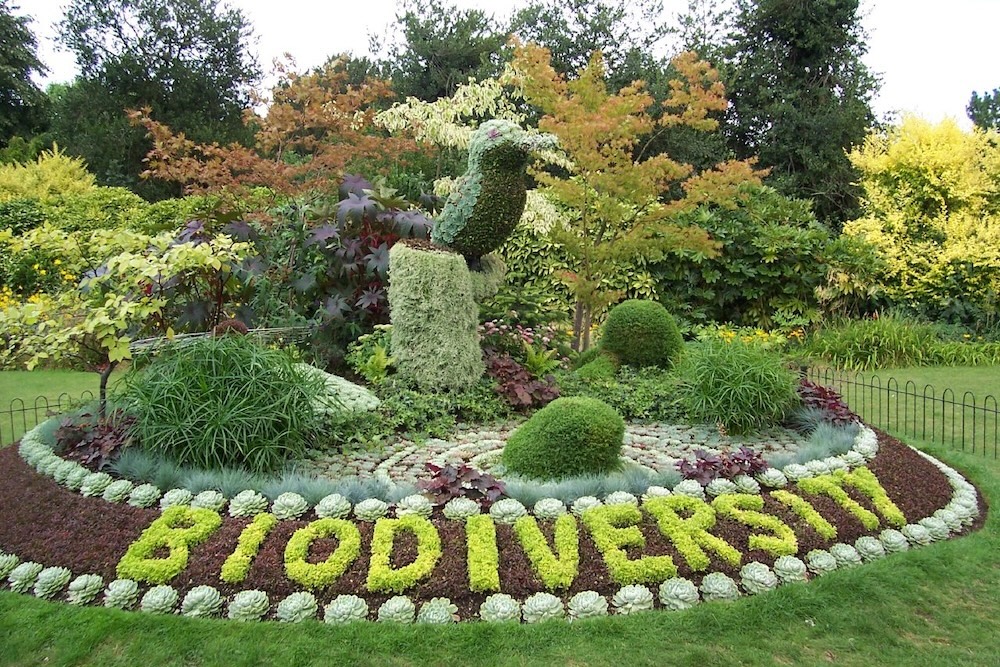
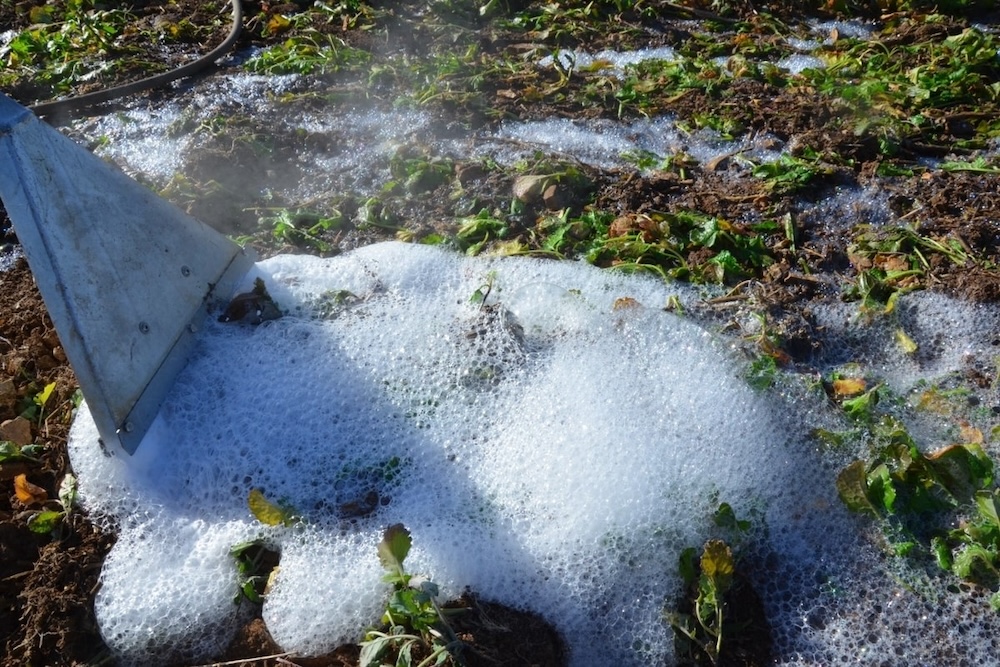
This Post Has 0 Comments